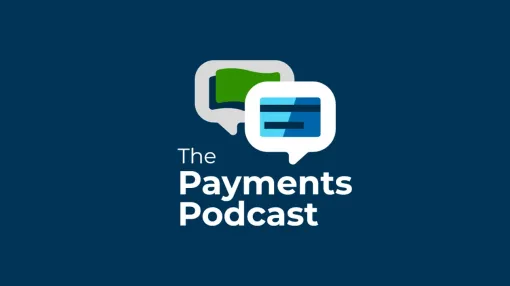Up next in our 2024 Business Payments Outlook, Mark Brousseau, analyst for the IOFM, says AI is already a factor in AP automation and will continue to gain momentum.
His advice: Embrace change and use technology to decrease manual tasks. Artificial intelligence (AI) is transforming accounts payable (AP) as you know it. But there is no reason to mourn the loss. IOFM research shows that 27 percent of AP departments have deployed AI technology. Seventy-seven percent of departments have researched the technology.
AP is doing things it never could before, thanks to AI. From nearly flawless invoice data capture and autonomous exceptions resolution to payments optimization and fraud detection, cognitive tools are eliminating the manual tasks that have held the AP function back. The result? The AP function is evolving from a tactical, back-office function into an information hub that drives business value. This is a welcome relief for AP leaders who point to “automating manual processes” and “improving processes” as their greatest department concerns today, according to IOFM 2023 benchmarking data.
Today’s AP function is a radical departure from the status quo. Here’s a few ways it will change the world of accounts payable.
Autonomous processing
-
Few finance and administration functions are as time-consuming and labor-intensive as AP. AI is helping AP departments move away from manual tasks. Seventy-two percent of AP departments have already automated their invoice-to-pay cycle or are currently in the process of doing so. Digital technologies such as AI have already become the predominant way that AP departments approve invoices, match invoices to purchase orders (POs), receive invoices, capture invoice data, and pay suppliers. This shift means that AP staff can spend more time on higher-order activities such as analyzing invoice data for new opportunities to capture early payment discounts, collaborating with procurement, treasury and other enterprise stakeholders, and fortifying relationships with suppliers.
Predictive analytics
-
When it comes to managing AP information, most organizations are flying blind. Key data is not captured. Information is not timely. Data is poorly organized. And systems are fragmented. By aggregating and analyzing vast amounts of invoice data, AI is empowering AP departments to predict the future, instead of just reporting the past. This is a sea change from AP’s traditional reliance on Excel spreadsheets and rigid reports from an enterprise resource planning (ERP) application or accounting software package. As a result, AP is becoming the go-to source for timely insights into cash flows, corporate spending, and fraud and compliance risks. Dynamic dashboards and mobile access enable AP to provide stakeholders with actionable information, how, when and where they need it. Empowered by smart insights into invoice data, tomorrow’s AP organization can provide predictive insights into how decisions and market conditions will impact the business. Imagine if AP could identify potential cash shortfalls based on historical data. AI is making it possible.
Payment optimization
- Poor working capital management can starve a company to death. The risks are even higher in an uncertain economy. With digital technologies such as AI, AP can help generate cash flow and optimize an organization’s working capital. Accelerated invoice approvals create more opportunities to capture early payment discounts. The timing of payments to suppliers can be carefully controlled. AI-powered tools rationalize payment terms to suppliers. Supply chain financing speeds payments to suppliers without impacting the cash on a buyer’s balance sheet. And cash-back rebates on qualifying card transactions and network payments to suppliers can transform AP into a profit center. These are some of the ways that tomorrow’s AP department will help the organization navigate instability.
Risk mitigation
- The threat of cyber-attacks and data breaches has never been higher. Forty-four percent of AP departments experienced an attempted or actual fraud attack in the past year, IOFM finds. More than two-thirds of detected fraud attacks involved phishing. Next generation digital technologies such as AI are enabling AP departments to mitigate their risk by comparing invoices-ready-to-pay to historical payment data to identify anomalies that may indicate fraud. Variances such as an unusually high dollar payment to a particular supplier, or payment to a supplier that recently changed their bank account details could be automatically flagged. No more relying on seasoned staff to uncover suspicious transactions.
As this new model for AP takes hold, the role of AP leaders will change. Already in recent years, AP leaders have become more influential within their organization. Digital technologies such as AI will also speed the evolution of frontline AP professionals from data-entry clerks to data analysts. Many AP departments have started to think differently about their AP hires, prioritizing finance acumen.
The reinvention of AP as we know it is a good thing. In 2024, accounts payable will continue to emerge as a key value driver in the digital enterprise of tomorrow.


